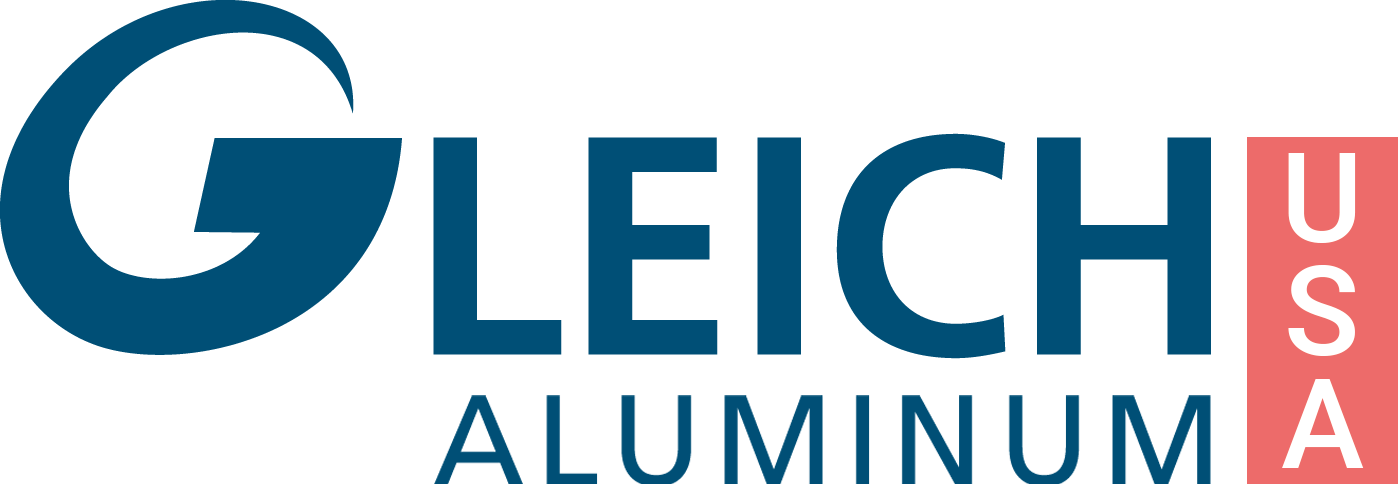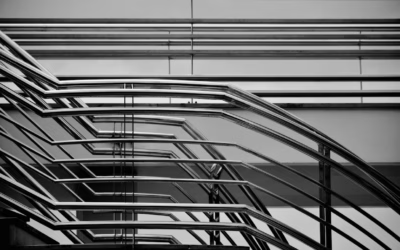Does Aluminum rust?
Common misconceptions about aluminum.
How to prevent unwanted corrosion and degradation.
Aluminum has many advantages, but one common misconception is that because it doesn’t rust, this means it doesn’t degrade.
While aluminum might not rust the same way iron or steel does, it can corrode under certain conditions.
When using GLEICH materials, it’s important to take precautions to minimize the chances of corrosion causing damage to your material.
Does Aluminum Rust?
Like most metals, aluminum forms a natural oxide layer when it meets oxygen, called corrosion. In iron, or iron alloys (like steel), the oxide layer is called rust. Rust can only form in iron and iron alloys.
In aluminum, the oxide layer is called aluminum oxide (Al₂O₃).
So no, Aluminum does not rust.
Aluminum corrodes.
Unlike steel, the corrosive layer of aluminum stops after approximately 2.5 to 4 nanometers, protecting the underlying metal from damage.
This layer remains stable in environments with a pH range of 4.5 to 8.5 and can deflect damage from corrosive gaseous or liquid media. This gives aluminum an advantage over steel when considering corrosion resistant materials.
Quick Chemistry
In the context of metals, Electrode Potentials are the ability of a metal in contact with its ions (an electrode) to gain or lose electrons in an electric circuit.
This indicates how easily a substance can oxidize or reduce. A more positive electrode potential means the material tends to gain electrons (reduce), while a more negative potential shows the material tends to lose electrons (oxidize). These electrode potentials are measured in volts (V). Aluminum’s electro potential is –1.66 volts (V). This value shows that aluminum oxidizes quickly. The quick oxidization is what makes the protective layer, and what sets aluminum apart from other materials.
Contact Corrosion
When using untreated or semi-finished aluminum, it’s important to avoid contact with more noble metals such as iron (-0.44 V) or copper (+0.34 V).
If these metals come in contact and moisture is present, energy can flow between the two materials. This electrochemical reaction can form a galvanic cell.
This leads to contact (galvanic) corrosion and causes aluminum to corrode quickly and break down over time.
Avoiding Unwanted Aluminum Corrosion
Below are some best practices to reduce the risk of causing damaging corrosion:
- Avoid contact with materials that have an electrochemical voltage potential difference > 50 mV.
- Prevent exposure to environments or materials outside the pH range 4.5 to 8.5.
- Seal crevices ≤0. 5 mm, especially if they are connected to a component.
- Do not allow moisture to meet steel, copper, brass or bronze.
- Avoid direct contact between parts when stacking vertically.
- Always insulate with layers that are dry and free of acid residues.
- Never store parts directly on wet or contaminated pallets or other surfaces.
- Never use dirty rags, or rags used to clean/dry steel, brass, copper, etc. without proper cleaning.
- Process one material at a time on machinery; always change the emulsion before switching metals on any machinery. Note: Even the most advanced filtration systems can’t remove the finest particles of foreign metals.
- Never use abrasives that have been used to process other metals.
- Check emulsion pH regularly (recommended weekly).
- Remove machined components immediately. Clean and dry thoroughly before next use.
- Only use cooling emulsions with a pH between 4.5 to 8.5.
- Do not use cleaners with a pH >8.5.
- Store aluminum only in climate-controlled areas to reduce material stress.
Improving Durability
Aluminum naturally forms a thin oxide layer that protects it from corrosion. This protection can be enhanced through processes like anodizing, or surface treatments like painting. Anodizing thickens the oxide layer, making it more durable and sealing the surface—preventing aluminum from reacting with water, air, or other corrosive elements.
Aluminum can also be protected by modifying its alloy composition. Adding a tiny amount of magnesium creates an aluminum-magnesium alloy, forming a stronger and more stable oxide layer that further resists corrosive elements.
In seawater, corrosion happens faster because salt increases water’s conductivity, allowing electrochemical reactions to occur more often. Magnesium helps counteract this reaction in aluminum-magnesium alloys, like 5052 and 5083. This makes the material resistant to saltwater and perfect for marine applications such as shipbuilding.
GLEICH Aluminum’s G.AL® C250 Elox Plus, made from EN AW-5083 is specially designed for high-quality anodizing results, offering both corrosion resistance and a high-quality visual finish.
For more information about G.AL® C250 Elox Plus or other GLEICH Aluminum products, our sales team is happy to help. Connect with us by clicking the, “CONTACT US” button below.
More Topics
Electrochemical Aluminum Polishing
Electrochemical aluminum polishing is also known as electrolytic polishing, electrolytic smoothing, electrolytic brightening, or electropolishing.
5083 vs 6061 Aluminum
Comparing Properties, Strength, and Applications. Whether your project demands dimensional stability or structural strength, both 5083 and 6061 offer unique features to support a smoother production process.
Aluminum in Medical Technology
Aluminum in Medical Technology GLEICH's Role in Advanced Healthcare Solutions Aluminum plays a...



